
Predicting the Woman Hairstyles of the Future: 7 Trends Shaping the Next Decade | Tech & Sustainability
12 min read

12 min read

12 min read

14 min read
Download our app to instantly see how you'd look with any hairstyle or color
Get the App
12 min read

12 min gallery

15 min gallery
Download our app to instantly see how you'd look with any hairstyle or color
Get the AppThe magic of a transformative haircut or a stunning new color doesn't begin when the scissors first snip or the brush touches your hair. It begins much earlier, in the quiet, focused moments of the client consultation. This crucial conversation is the bedrock of any successful salon experience, a dedicated time for communication, connection, and collaboration between you and your stylist. It's far more than a simple prerequisite; it's a strategic process that sets the stage for results that don't just meet expectations but joyfully exceed them. A thorough client consultation transforms a service from a transaction into a personalized, artistic endeavor.
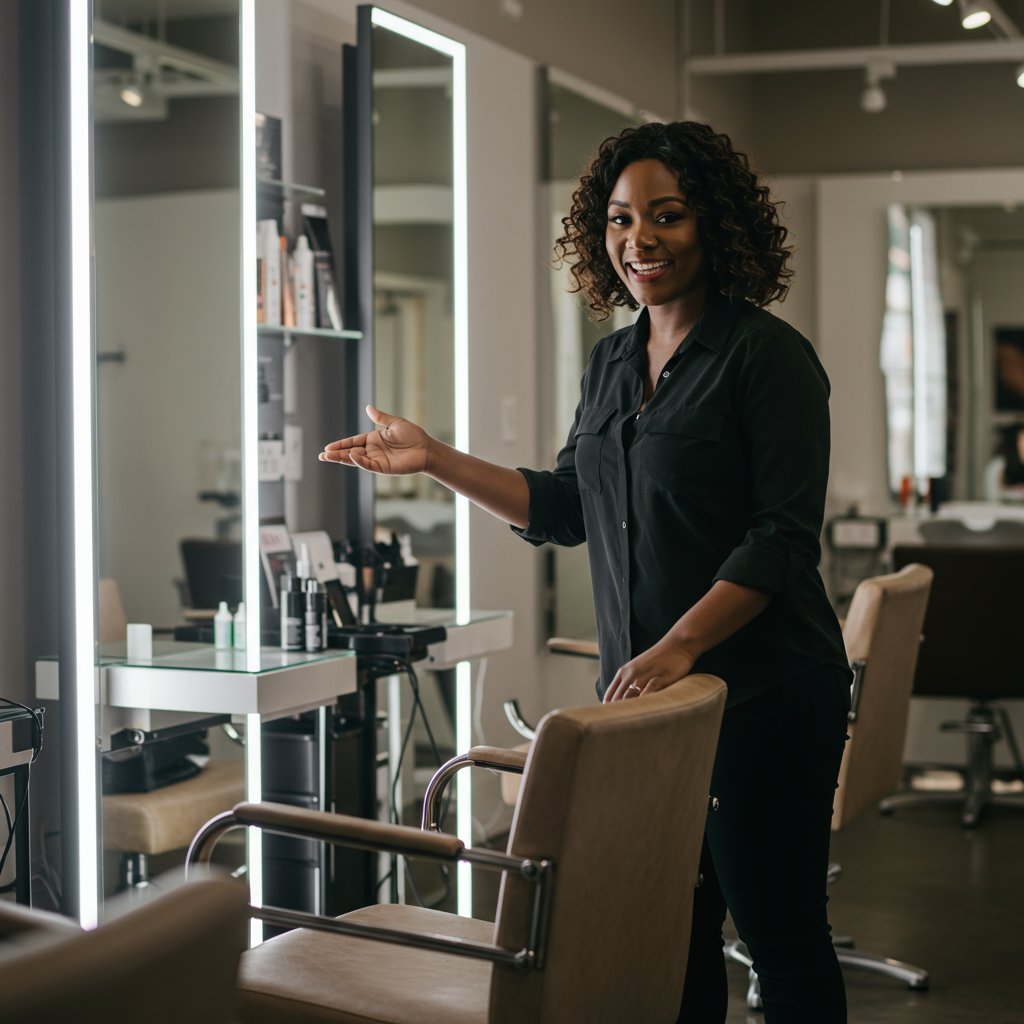
Think of the client consultation as the architect's blueprint for a beautiful building. Without a detailed plan, clear measurements, and a deep understanding of the resident's lifestyle, the final structure is left to chance. Similarly, a stylist needs to understand your hair's history, your daily routine, your aesthetic preferences, and your ultimate hair goals. This dialogue ensures both parties are aligned, preventing misunderstandings and post-salon disappointment. It’s during this exchange that trust is forged. By listening intently and providing professional guidance, a stylist demonstrates their expertise and their commitment to your happiness, making you feel safe, heard, and confident in the journey ahead.
Ultimately, the art of the client consultation is about building a partnership. It empowers you to articulate your vision and gives the stylist the clarity needed to bring that vision to life, tailored perfectly to your unique features, hair type, and lifestyle. It’s the difference between getting a generic haircut and receiving a bespoke style that feels authentically you. Investing time in this initial step guarantees a more satisfying process and a final look you’ll love long after you leave the salon chair.
The environment in which a client consultation takes place has a profound impact on the quality of the conversation. A welcoming, private, and comfortable space encourages openness and relaxation, allowing clients to share their thoughts without feeling rushed or exposed. Professional salons prioritize creating a dedicated consultation area, away from the hustle and bustle of the main styling floor. This signals to the client that this conversation is important and deserves undivided attention. The space should be clean, well-lit with natural or color-corrected lighting, and feature comfortable seating for both the client and the stylist.
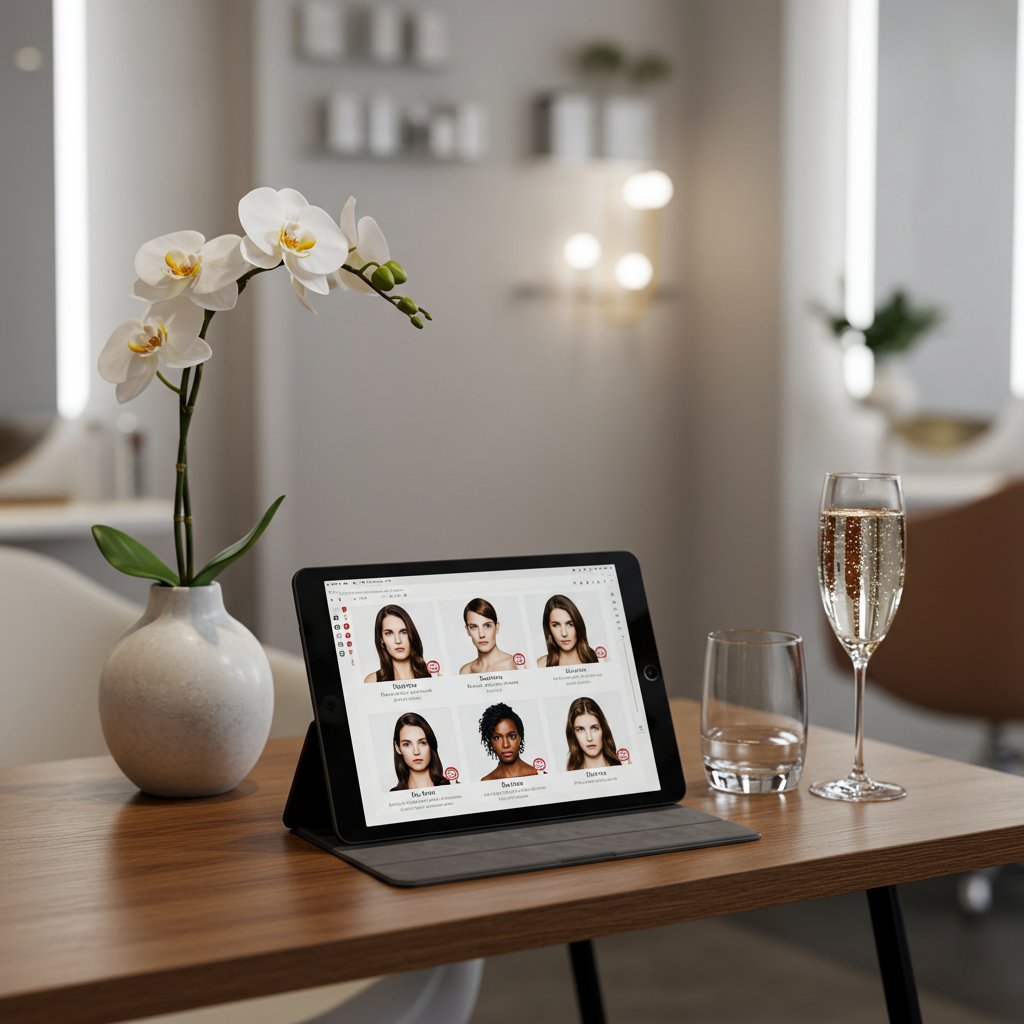
Small details can make a significant difference in setting a positive tone. Offering a beverage like water, tea, or coffee can immediately put a client at ease. Having tools readily available—such as tablets with inspiration galleries, hair color swatches, and educational diagrams—shows preparedness and professionalism. The ambiance should feel less like a clinical assessment and more like a creative collaboration. Soft background music, pleasant scents, and a clutter-free environment all contribute to a sense of calm and focus, making the client feel valued and respected from the very first moment.
This deliberate creation of a serene space is a non-verbal communication of care. It tells the client that their comfort and their voice are the top priorities. When a person feels physically comfortable and psychologically safe, they are more likely to be candid about their hair insecurities, their past negative experiences, and their true desires. This foundation of comfort is essential for the honest exchange of information that must happen during a successful client consultation, paving the way for a trusting and fruitful relationship.
At the heart of a masterful client consultation is the practice of active listening. This is a communication technique that goes far beyond simply hearing the words a client says; it involves being fully present and concentrating on their message, both verbal and non-verbal. An expert stylist doesn't just listen for instructions like "I want long layers" or "I'm thinking of going blonder." They listen for the emotion, the hesitation, the excitement, and the underlying needs behind those words. They observe body language—do they nervously touch their split ends? Do their eyes light up when they show a certain photo? These cues are often more telling than the words themselves.

Active listening involves several key actions. First is maintaining comfortable eye contact and offering verbal affirmations like "I see," or "That makes sense," to show engagement. Second is the art of paraphrasing and summarizing. A stylist might say, "So, if I'm understanding correctly, you love the brightness in this photo, but you're worried about the maintenance. Is that right?" This not only confirms understanding but also gives the client an opportunity to clarify or elaborate. It ensures that both parties are on the same page before any service begins, drastically reducing the risk of misinterpretation.
This deep, empathetic listening builds immense trust. When a client feels truly heard and understood, their anxiety melts away. They feel confident that the person they've entrusted with their hair genuinely cares about the outcome and has a comprehensive grasp of their vision. This level of listening allows a stylist to identify potential challenges or inconsistencies in a client's request—for example, wanting a low-maintenance style while showing pictures of a high-maintenance color—and address them proactively and collaboratively. It is this psychological attunement that elevates a good stylist to a great one.
While listening is crucial, the quality of the client consultation also hinges on the stylist's ability to ask the right questions. The goal is to move beyond superficial requests and uncover the 'why' behind a client's desired change. Stylists achieve this by using a strategic mix of open-ended and closed-ended questions. Closed-ended questions are good for confirming facts ("Have you colored your hair in the last year?"), but open-ended questions are where the real discovery happens. Questions like, "What have you liked or disliked about your hair in the past?" or "How do you typically style your hair on a daily basis?" invite detailed responses and provide a wealth of information.
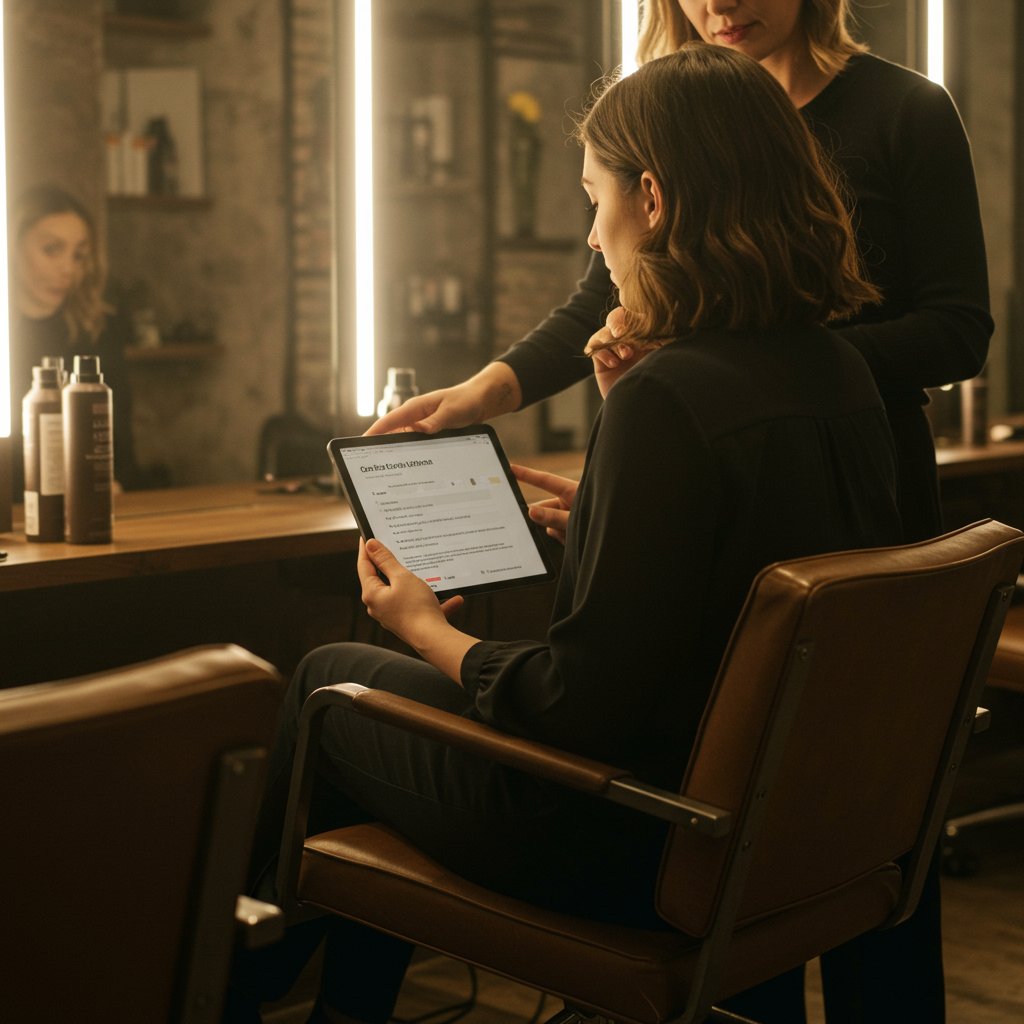
Words can often fail when describing something as visual and subjective as hair color and style. What one person considers "ash blonde," another might see as "platinum." This is where visual aids become an indispensable part of the client consultation. Encouraging clients to bring inspiration photos—from Pinterest, Instagram, or magazines—provides a concrete starting point for the conversation. It creates a shared visual language that bridges the potential gap in verbal communication.
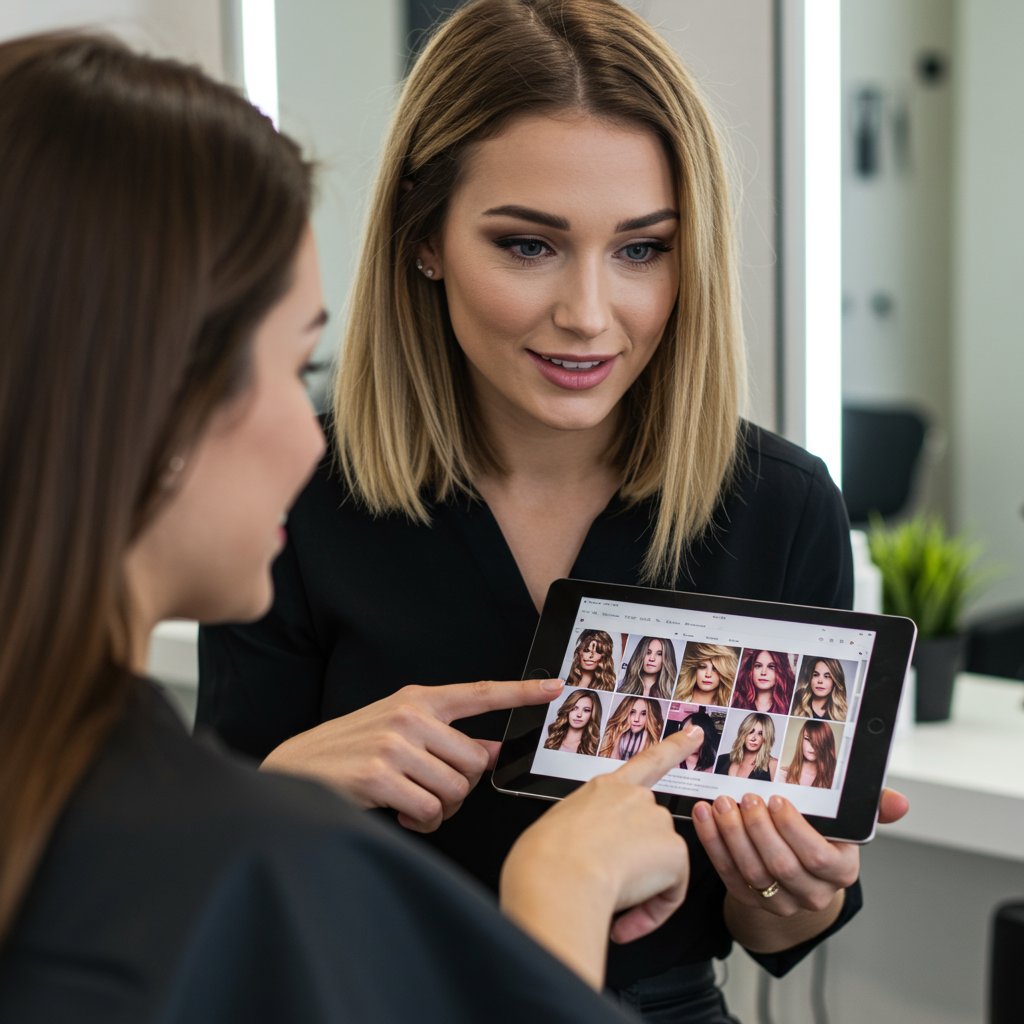
However, a skilled stylist knows that a photo is just the beginning of the dialogue, not the final order. They use these images as a tool to ask more specific questions. Instead of just saying, "Okay, I can do that," they will ask, "What specifically do you like about this photo? Is it the placement of the highlights, the overall tone, or the way it's styled?" This deconstruction of the inspiration photo helps pinpoint the exact elements the client is drawn to. A stylist can then explain how those elements can be adapted to the client's unique hair type, face shape, and skin tone, ensuring the result is flattering and personalized, not just a carbon copy.
Modern technology has further enhanced the visual consultation. Tablets can be used to pull up a wider range of images, create digital mood boards, or even use augmented reality apps to 'try on' different colors or styles. Some salon software allows stylists to document the consultation, uploading inspiration photos and detailed notes directly to the client's profile. This creates a valuable record for future appointments, allowing the stylist to track the evolution of a client's style and preferences over time, leading to an even more personalized and consistent service.
One of the most critical responsibilities of a stylist during a client consultation is to manage expectations with professionalism and honesty. A client may come in with a photo of jet-black hair and ask for an icy platinum blonde in a single session. It is the stylist's ethical duty to provide a realistic roadmap, explaining the process, potential risks, timeline, and cost involved in such a dramatic transformation. This transparency is the cornerstone of trust.
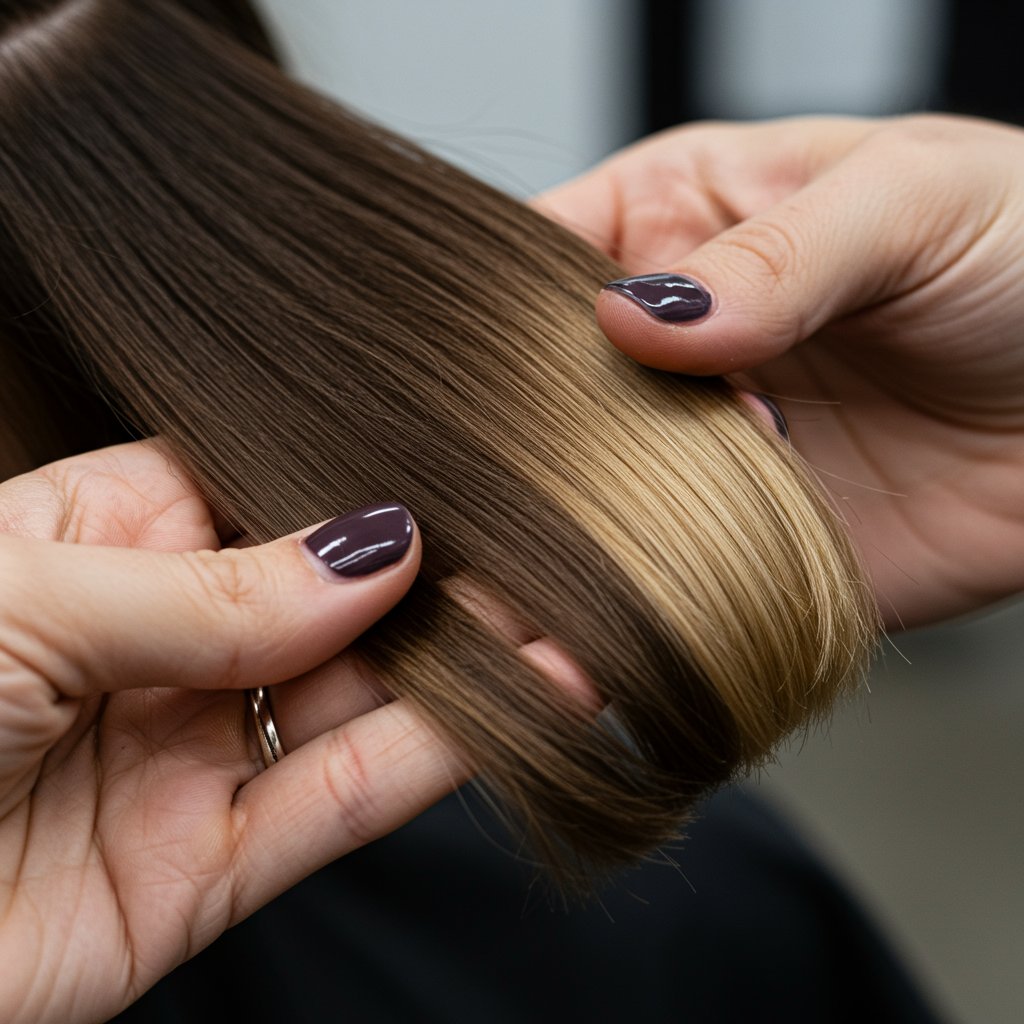
This conversation involves a delicate balance of encouragement and realism. A great stylist will never say "no" without offering an alternative or a plan. They might say, "I love that platinum blonde for you! To maintain the health of your hair, that will be a journey we take over several appointments. Our first step today will be to lighten it to a beautiful caramel blonde, and we'll send you home with a deep conditioning treatment to prepare for our next session." This approach validates the client's goal while educating them on the safe and professional way to achieve it. It frames the stylist as a knowledgeable partner dedicated to the long-term health of their hair, not just a service provider focused on a single transaction.
Discussing budget and maintenance is also a key part of this honest dialogue. A beautiful balayage or vivid color requires specific at-home care products and regular toning appointments to stay fresh. Being upfront about this required commitment ensures the client is fully informed and can make a decision that fits their budget and lifestyle. This candidness prevents future frustration and builds a relationship based on mutual respect and understanding, which is far more valuable than making a promise that can't be kept.
Once the verbal and visual portions of the client consultation are complete, the stylist must perform a thorough physical analysis of the hair and scalp. This hands-on assessment provides technical information that is crucial for formulating a plan. A stylist will touch and manipulate the hair to determine several key characteristics, which might not be apparent to the untrained eye.
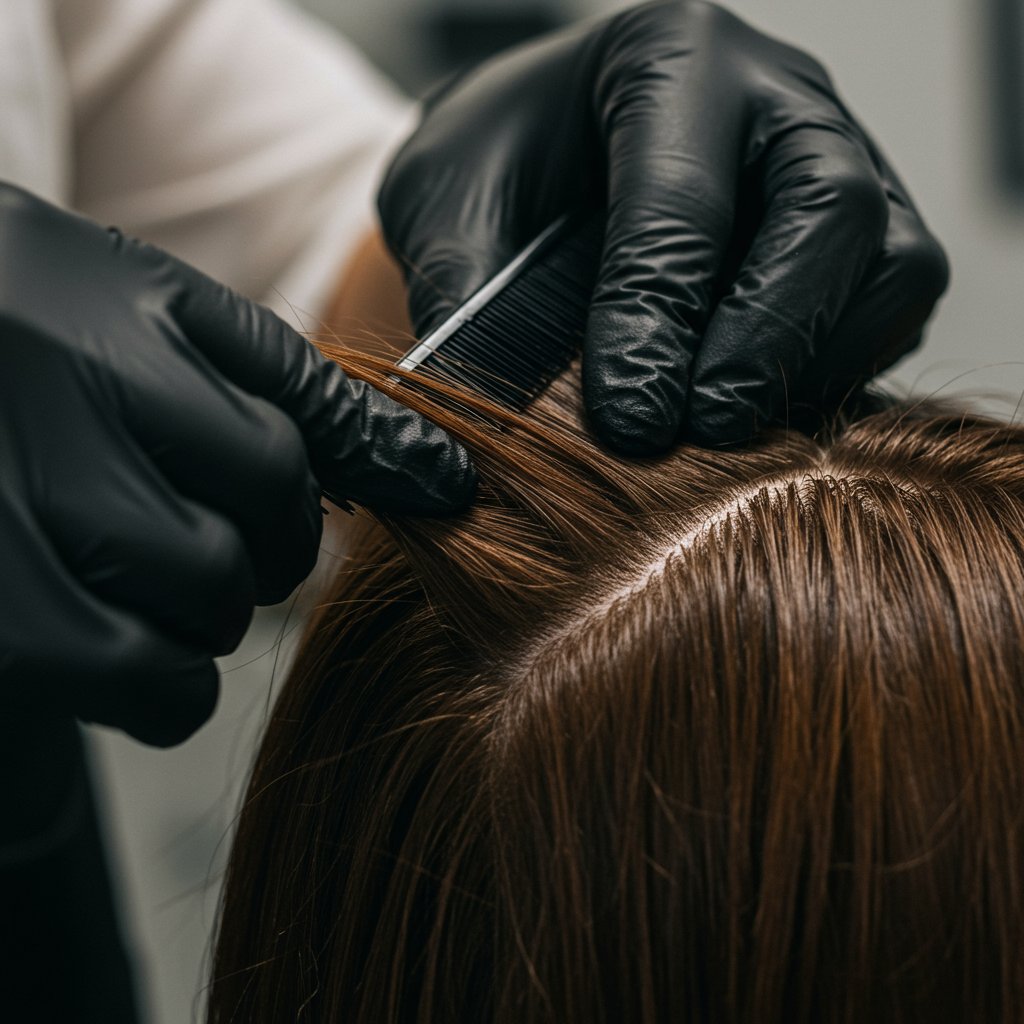
First, they will assess hair texture (fine, medium, coarse) and density (the number of strands per square inch). This affects how the hair will hold a style and how color will process. Next, they will check for porosity—the hair's ability to absorb and retain moisture. High-porosity hair, often from previous chemical damage, will soak up color quickly and may require a different formula than low-porosity, resistant hair. They will also evaluate elasticity by gently stretching a strand of hair; healthy hair will stretch and return, while damaged hair may snap. Finally, they will examine the scalp for any conditions that might affect the service, such as dryness, oiliness, or sensitivity.
This technical examination is where the stylist's expertise truly shines. They synthesize this physical data with the client's stated goals to create a safe and effective plan. For example, if a client with fine, porous hair wants bright blonde highlights, the stylist knows to use a gentle lightener with a low-volume developer and to recommend bond-building treatments to protect the hair's integrity. This professional analysis ensures that the final result is not only beautiful but also achievable without compromising the health of the hair.
---
---
1. How long should a good hair consultation take? For a new client or a major change, a thorough client consultation should take at least 15 minutes. It should never feel rushed. For a returning client getting a trim, it might only be a few minutes to check in and confirm the plan.
2. Is it okay to change my mind during the consultation? Absolutely! The consultation is the time for exploration. It's much better to discuss all options and change your mind before the service begins than to regret it afterward. A good stylist will welcome the dialogue.
3. What if I don't know what I want? That's perfectly fine. A skilled stylist is trained to help you. By asking questions about your lifestyle, personality, and what you don't like, they can help guide you toward a style that will suit you beautifully. Be open to their expert recommendations.
4. Should I come to my consultation with clean or dirty hair? It's generally best to arrive with your hair clean and dry, styled the way you normally wear it. This gives the stylist a clear picture of your hair's natural texture, density, and your everyday style.
5. What is the biggest red flag during a client consultation? A major red flag is a stylist who doesn't listen, rushes the process, or agrees to do something that seems damaging or unrealistic without explaining the risks. A great consultation is a conversation, not a monologue. You should feel like a collaborator in the process.
6. Do I have to pay for a consultation? Policies vary by salon. Some offer complimentary consultations, while others may charge a small fee that is then applied to the cost of the service if you decide to book. It's always best to ask about the salon's policy when you schedule.
---
In the end, the art of the client consultation is about so much more than discussing haircuts and color formulas. It is a foundational practice built on communication, empathy, and expertise. It is the single most effective tool for building a lasting, trust-based relationship between a client and a stylist. When executed with care and intention, it demystifies the salon experience, empowering clients to be active participants in their own beauty journey.

A great consultation ensures that you leave the salon not just with hair you love, but with the knowledge to care for it and the confidence that comes from being truly seen and understood. It elevates the service from a simple appointment to a personalized, collaborative creation. It's an investment of time that pays dividends in beautiful results, healthy hair, and the kind of client loyalty that keeps people coming back for years to come.
Download our app to instantly see how you'd look with any hairstyle or color
Get the App
12 min read

12 min read

14 min read